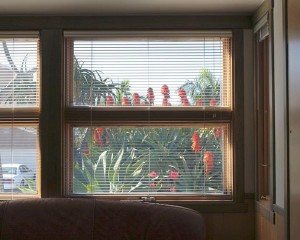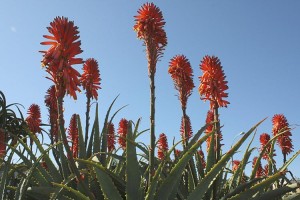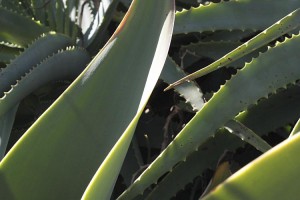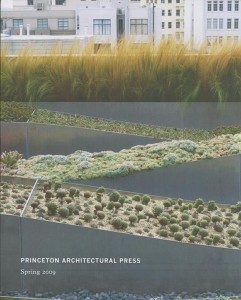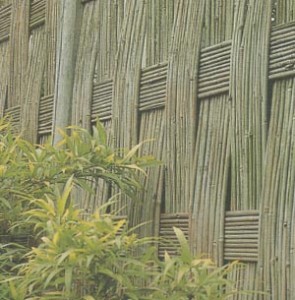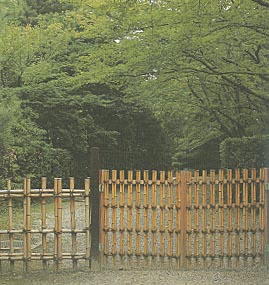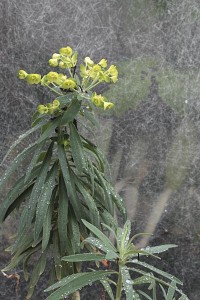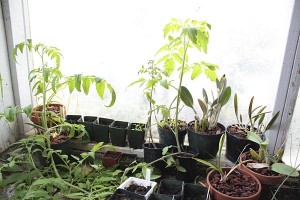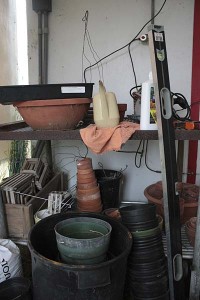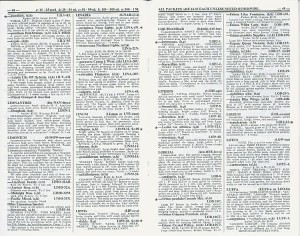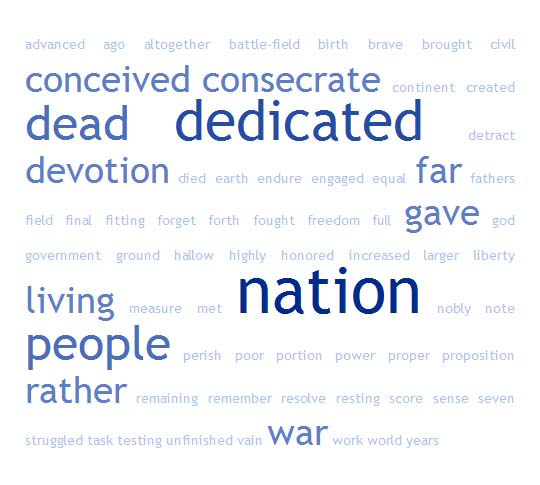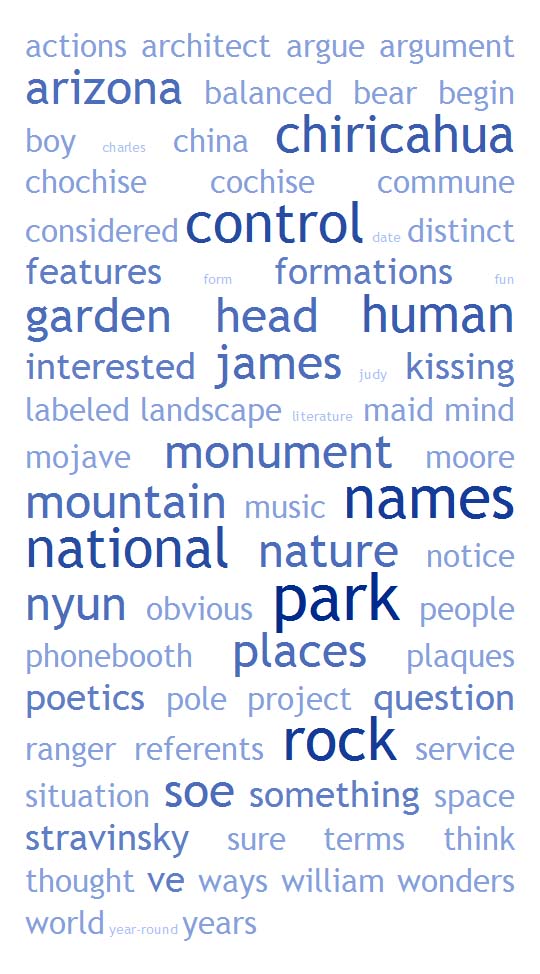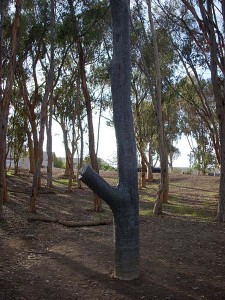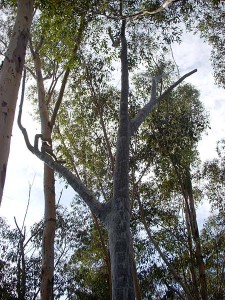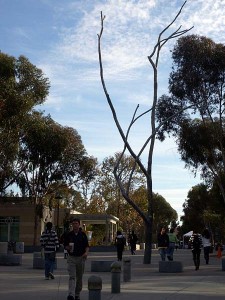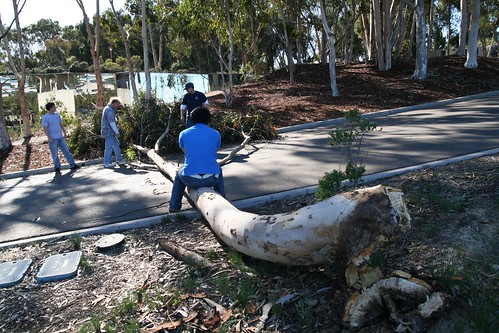 I was heading back to my desk at work on Thursday and noticed a cluster of my coworkers looking out a window. There’s a little access road right outside. Usually it doesn’t have a full-grown eucalyptus tree fallen across it, but this day it did.
I was heading back to my desk at work on Thursday and noticed a cluster of my coworkers looking out a window. There’s a little access road right outside. Usually it doesn’t have a full-grown eucalyptus tree fallen across it, but this day it did.
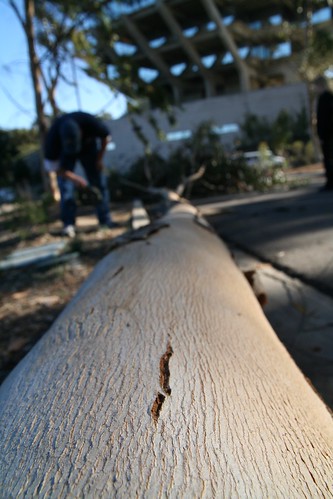 I don’t have my camera with me most of the time, but Declan had his. He was part of the volunteer crew who wrestled the tree to the curb, but he also managed take these shots.
I don’t have my camera with me most of the time, but Declan had his. He was part of the volunteer crew who wrestled the tree to the curb, but he also managed take these shots.
[ View the entire set on Flikr ]
Not much later the building’s safety person had issued a warning:
Just a heads-up, literally: high winds are blowing down eucalyptus branches and trees around campus. About an hour ago, an entire tree broke off and fell across the access road… (Very fortunately, no people or vehicles were in its path.) Until the winds die down, please be sure to watch and listen for breaking branches and avoid walking through the eucalyptus groves.
The UCSD campus is home to over 200 thousand of these trees in plantings that date back a hundred years, back to a eucalyptus mania when eucalyptus were planted all over Southern California, including three million just a few miles up the coast in what’s now Rancho Santa Fe.
If you live in this part of the state you’ve probably heard the stories: that the trees are call widowmakers because they drop their branches if you look at them wrong, that they’re just giant non-native weeds that take up valuable space…bad things like that.
I wonder if the bad rap on the first count is entirely deserved. For sure, some eucalyptus are brittle, and there have been three times in the last year alone when I was within fifty feet or thirty seconds of being taken out by falling eucalyptus. But with almost a quarter million of them on campus and millions of them in town it’s inevitable that a few of them keel over or fall apart. Are they that much worse than oaks or other trees that people plant by the millions?
I did a quick and totally informal survey of some headlines, eucalyptus versus oaks. Maybe the eucs are totally bad news. May they’re not that much worse than other species. Whatever the case, they definitely can be gorgeous trees.
Shadows cast over towering eucalyptuses (Eucalypturs kills woman in Old Town San Diego, The San Diego Union-Tribune–January 8, 2003)
2 killed in ‘freak accident’ : Falling oak crushes pickup on County Line Rd. (Oak tree, The Post and Courier (Charleston, N.C.)–April 16, 2008)
Tree check asked after accident (Eucalyptus kills woman in parked pickup truck, Evening Tribune (San Diego, CA)–December 25, 1987)
Man killed by falling tree (Oak tree falls onto pickup truck, News Sentinel, (Knoxville, TN) December 28, 2008)
$160,000 awarded in Zoo death (Award given to family of girl killed by falling eucalyptus, The San Diego Union–August 2, 1986)
Girl killed by falling tree at Boy Scout camp (Oak tree, Associated Press, via MSNBC–August 10, 2005)
Half of the incidents above involved pickup trucks. Weird. Maybe that’s the deadly combination: pickup trucks and large trees. Like mobile homes and tornadoes…

